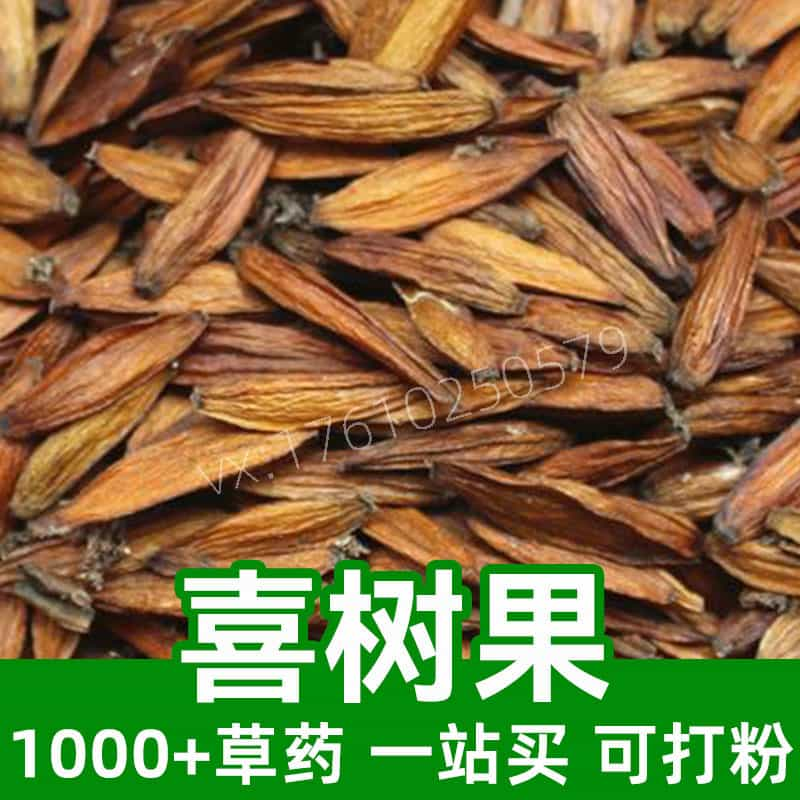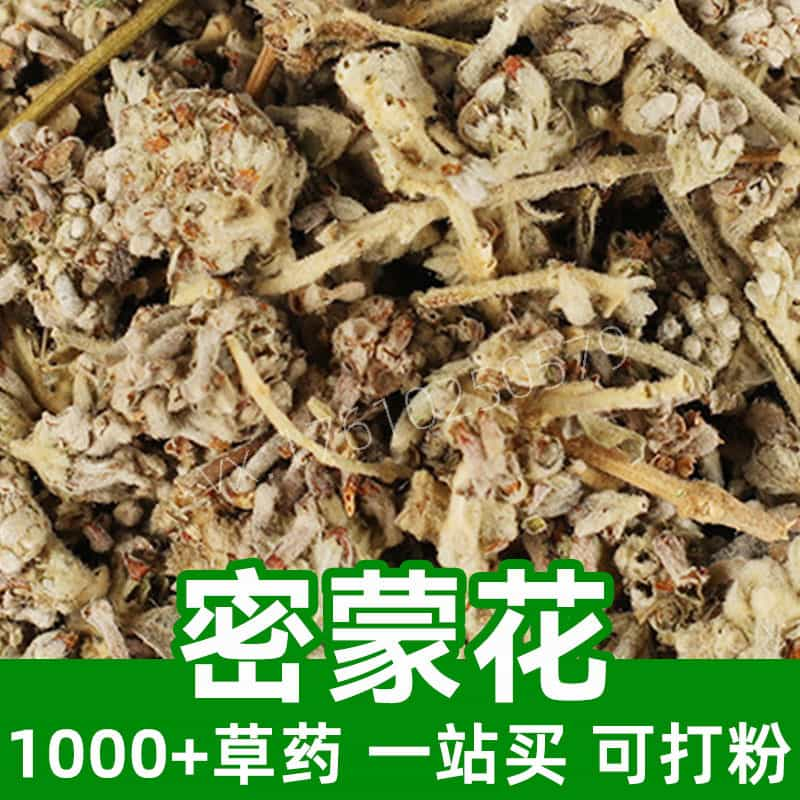Product Introduction
Indian Madder Root (Rubia cordifolia), also known as Manjistha, is a vital herb in traditional medicinal practices, especially Ayurveda and Chinese medicine. This climbing plant's roots are prized for their deep red color, attributed to natural compounds like anthraquinones. Its historical applications span detoxification, skin health, and promoting circulation.
Native to the Indian subcontinent and parts of Southeast Asia, Indian Madder thrives in diverse climatic zones, from plains to hilly terrains. It is also sought after for its natural dyeing properties, lending rich hues to fabrics. Besides traditional medicine, the herb finds utility in cosmetics and wellness formulations due to its purifying and skin-soothing properties.
Main Active Ingredients
Indian Madder Root’s therapeutic and functional properties stem from its rich phytochemical profile:
- Anthraquinones: These are the root's primary active compounds, including alizarin, purpurin, and munjistin. They contribute to its detoxifying and antioxidant capabilities.
- Rubiadin and Ruberythric Acid: Key components that support healthy blood flow and aid detoxification processes.
- Tannins and Glycosides: Help reduce oxidative stress and promote overall cellular health.
- Flavonoids: Known for their anti-inflammatory properties, these compounds benefit skin health and support the body's natural defenses.
- Chlorophyll and Carotenoids: Add to its skin-healing properties and improve pigmentation when applied topically.
These ingredients collectively make Indian Madder Root a versatile choice for applications in traditional medicine, natural dyeing, and skincare.
Product Application Scenarios, Usage, and Dosage
Indian Madder Root is renowned for its varied applications:
Traditional Medicine
- Decoctions: Often prepared to purify blood and support skin health. A typical dosage ranges from 5 to 10 grams per day when brewed.
- Powder: Used in formulations for liver and circulatory health, commonly mixed with honey or water.
- Topical Use: Applied as a paste for skin soothing and pigmentation issues.
Food and Beverage
Indian Madder Root is incorporated into herbal teas and dietary supplements, promoting detoxification and wellness.
Cosmetic Industry
Manjistha-infused oils and creams are popular for promoting an even skin tone and reducing redness. Its antioxidant properties make it a valued ingredient in anti-aging formulations.
Introduction to the Source Plant, Distribution, and Growth Environment
Indian Madder (Rubia cordifolia) is a climbing perennial vine with heart-shaped leaves and small greenish-white flowers. Found extensively across the Indian subcontinent, China, and Southeast Asia, it thrives in both tropical and temperate climates.
Growth Environment
- Soil: Prefers well-drained loamy or clayey soils rich in organic matter.
- Climate: Thrives in warm climates with moderate rainfall.
- Altitude: Found from sea level up to 2,000 meters.
Distribution
The plant grows wild in forests and is also cultivated for its roots in many regions, notably India, Nepal, and China.
Harvesting, Processing, and Storage
Harvesting
- Indian Madder roots are typically harvested after 2-3 years of growth for optimal phytochemical concentration.
- Harvesting occurs during the dry season to ensure minimal moisture content in the roots.
Processing
- Cleaning: Roots are washed to remove soil and debris.
- Drying: Sun-dried or air-dried in controlled environments to preserve active compounds.
- Cutting and Powdering: Roots are sliced and ground into fine powder for easier storage and use.
Storage
- Store dried roots or powder in airtight containers away from light and moisture.
- Ensure temperature-controlled environments to maintain phytochemical potency.
Indian Madder Root is a testament to nature’s ability to offer solutions for health, beauty, and wellness.
Monica Sun is a seasoned expert in the natural raw materials industry, with over a decade of experience specializing in traditional Chinese medicinal herbs, spices, and fungi. She is skilled in the sourcing, processing, and application of these materials, emphasizing sustainability and innovation. Monica Sun has contributed to the development of high-quality natural raw materials that serve as essential components in functional foods, pharmaceuticals, and cosmetics, delivering tailored solutions to meet diverse market needs.













